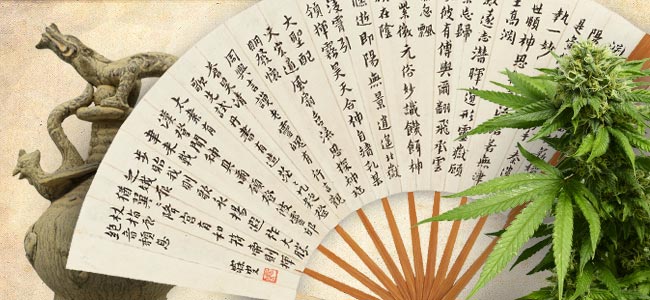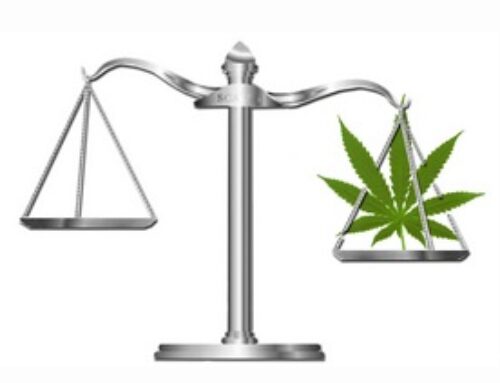Cannabis Sativa (cannabis) is known to be one of the earliest plants cultivated by man. The first concrete evidence of the use of cannabis was found in China, where archaeological and historical findings indicate that that plant was cultivated for its fibres from as far back as 4.000 B.C. Using the fibres extracted from the cannabis stems, the Chinese manufactured string, rope, textiles, and even paper. Textiles and paper produced from cannabis have been discovered in the tomb of Emperor Wu (104-87 B.C.), of the Han dynasty.
The Chinese also used cannabis seeds as food. These seeds are small being only 3 to 5 mm in diameter, they are elliptical in shape, are smooth with a hard outer shell, and contain one single seed. The first evidence of the use of these seeds was found during the Han dynasty (206 B.C. – 220 A.D.). In the beginning of the Christian Era, with the introduction of new cultures, cannabis was no longer an important food in China, although, even today, the seeds are still used for making kitchen oil in Nepal.
The use of cannabis as a medicine by the ancient Chinese was reported in the world’s oldest pharmacopoeia, the pen-ts’ao ching which was compiled in the first century of this Era, and was based on oral traditions passed down from the time of Emperor Shen-Nung, around 2.700 B.C. Instructions for the use of cannabis for: rheumatic pain, intestinal constipation, disorders of the female reproductive system, malaria, and others were noted. In the beginning of the Christian Era, Hua T’o, the founder of Chinese surgery (A.D. 110 – 207), used a compound of the plant, mixed with wine, to anesthetize patients during surgical operations.
The Chinese mainly used the seeds of cannabis for medical purposes; thus, we understand that they were referring to that part of the plant when describing its medicinal properties. Even today, cannabis seeds continue to be used as a laxative by Chinese physicians. It is acknowledged that the seeds are practically deficient in D9-tetrahydrocannabinol (D9-THC), which is considered the plant’s main active constituent, and is mainly composed of essential fatty acids and proteins. Today some of these fatty acids are considered as having therapeutic effects, such as the g-linoleic acid, whose topical use is recommended for eczema and psoriasis, and its oral use for atherosclerosis, osteoporosis, rheumatoid arthritis, and other inflammatory diseases. In China, however, the medical use of cannabis never reached the importance it did in India.
CURRENT LEGISLATION
The possession, sale, transport and cultivation of cannabis is illegal throughout China. The penalties for possession and selling of cannabis are vague, but considered harsh. In China, marijuana is considered a narcotic. Under Section Seven of the Criminal Law of the People’s Republic of China, Article 345, individuals who smuggle, traffic, transport or manufacture narcotic drugs are sentenced to either 15 years of prison, life imprisonment or death, and suffer confiscation of property.
The growing of industrial hemp is legal in China and is used widely throughout the country to produce products like clothes and rope or to export to other countries.
MEDICAL MARIJUANA LAWS
In China, there is no law allowing the use of cannabis for medicinal purposes. Which is rather surprising considering the history of the cannabis plant in Chinese culture!








Leave A Comment
You must be logged in to post a comment.